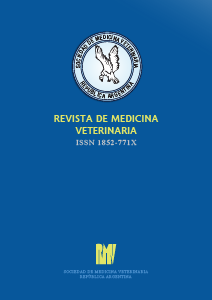The new research includes a detailed map of the digestive tract, revealing a cell type linked to inflammation in diseases like ulcerative colitis and Crohn’s.
In a groundbreaking initiative, the Human Cell Atlas (HCA), an international research consortium, is mapping every single one of these cells to better understand their roles and relationships.
Unveiling the atlas of life
The Human Cell Atlas has already profiled 100 million cells across diverse populations and aims to complete a first draft of the entire human body atlas by 2026. This draft will detail the location, identity, and function of each cell at various life stages.
“This leap is akin to moving from crude 15th-century maps to Google Maps with detailed topographies and dynamic features,” said Aviv Regev, an HCA founding co-chair. Speaking at a news conference, Regev emphasized that while significant progress has been made, much work remains.
More than 40 new studies published in Nature journals offer critical insights for this effort. These studies map cells in organs like the lungs, brain, skin, and digestive tract. Researchers have even created a detailed atlas of the digestive system, examining 1.1 million cells from nearly 190 people, including individuals with gastrointestinal diseases such as Crohn’s disease and ulcerative colitis.
Through this work, they identified a previously unknown cell type that exacerbates inflammation in these diseases by summoning immune cells.
Insights into development and disease
The HCA research extends into early human development, mapping cellular changes during the first trimester of pregnancy. One study found new cell states involved in skull formation. This gives insight into craniosynostosis, a birth defect where the skull fuses too early.
Another key area of focus is organoids, tiny lab-grown models of human organs. Researchers found that brain organoids closely resemble real fetal brains up to the second trimester. Muzlifah Haniffa, an HCA committee member, said the atlas helps improve techniques for making organoids.
The interaction between organoid research and cellular mapping is mutually beneficial. “The information kind of flows both ways,” said Sarah Teichmann, an HCA co-chair, in the press release. Organoids reveal intricate details about cellular behavior and allow researchers to experiment in ways not feasible with human subjects.
